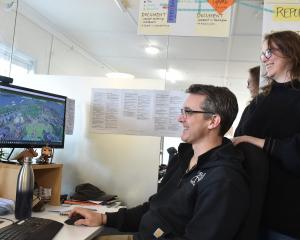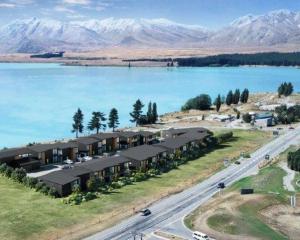Unemployment levels in Canterbury, Otago and Southland rose in the three months ended June, although Canterbury still has the lowest unemployment in the country at 3.3%.
Otago's unemployment rose to 4.2% in June from 3.8% in March, and Southland's rate rose to 5.5% from 4.2%.
A year ago, Canterbury had an unemployment rate of 2.9%, Otago 3.3% and Southland 3.2%.
Nationally, unemployment rose slightly to 5.9% in June, up from 5.8%, Statistics New Zealand's household labour force survey showed.
The regional figures are seasonally unadjusted but do provide a snapshot of the regions' employment market on an annual basis.
Otago-Southland Employers Association chief executive John Scandrett told the Otago Daily Times the June quarter results delivered some national strength around manufacturing.
''But in Otago and Southland we have seen a three-month period of prolonged contraction in regional manufacturing tracking patterns and, therefore, it isn't so surprising to see a connected lift in unemployment levels.''
In comparison, the March quarter regional manufacturing activity levels were more expansionary-based and, as a consequence, unemployment fared slightly better than in the latest results, he said.
Participation rates fell in Canterbury, Otago and Southland. Canterbury's participation rate was 71.4%, down from 73% in March, Otago was 68.6%, down from 72.4% and Southland was 74.3, down from 75.
Statistics NZ labour market manager Diane Ramsay said even though New Zealand's employment grew in the quarter, population growth was greater. That resulted in a lower overall employment rate for New Zealand.
''Despite lower quarterly growth, this is still the 11th consecutive quarter of employment growth, making it the second-longest period of growth since the period between 1992-96.''
In the year to June, employment growth was still ''fairly strong'' at 3%, with 69,000 more people employed. The manufacturing industry showed the strongest annual employment growth.
It was the first time since December 2013 the construction industry had not been the largest contributor to annual growth in employment, she said.
The vast majority of growth was in Auckland, where employment growth was driven by retail trade and accommodation, followed by construction. ASB senior economist Chris Tennent-Brown said annual wage inflation, as measured by the labour cost index, was 1.6%, compared with annual consumer price inflation of 0.3%.
''In order to achieve its inflation goal, we think the Reserve Bank needs to ease policy further, and we continue to expect the official cash rate to be cut to 2.5% by October this year. The slack in the labour market and weak wage growth in today's data reinforces this view.''












